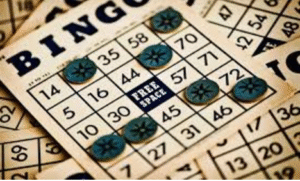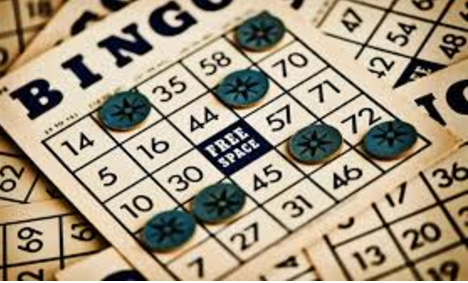Bingo’s path: From the fifteenth century Italy to current pleasure,
Bingo’s path From the fifteenth century Italy to current pleasure .Centuries old and across generations, bingo has evolved with time. It has travelled continents as well. Originally an Italian lottery from the Renaissance, it is now a global favourite. You can still play bingo today for money or prizes both in person or online.
Basically, you have to match the numbers on your card with those a caller generates at random. After completing a pattern first at church halls and other venues, many players over time have cried out “Bingo!” It’s interesting to learn more about how this simple game has persisted and developed over years.

An Italian game developed from need.
In Renaissance Italy, every Saturday the Italians would engage in a national lottery. It was integrated into the fabric of culture, not merely a pastime. At last the lottery began to travel across Europe.
Rich French nobles would play Le Lotto. As it evolved, the layout became more orderly and started to reveal the identifiable rows and columns. Arriving in Germany in the 18th century, teachers would use the game variations to teach mathematics, spelling, and more to children.
People still find great attraction in bingo, much as they did in the early days. It has rather effectively entered the digital era. With the rise of online casinos and mobile apps, players no longer need real cards or venues like church halls to play with. They can participate in digital variations of the game at Michigan online casinos and other regulated casinos in areas where internet gaming is allowed.
Bingo gains popularity in America initially.
1929 found Bingo arriving from England. It was “Beano and was really popular at county fairs. Players marked their cards with beans when the numbers came out. The winners would cry “Beano” to accept a prize. Popularity of the game captivated New York toy trader Edwin S. Lowe, who also saw commercial opportunity.
Hearing an exuberant winning player yell “Bingo,” Lowe renamed the game from “Beano.” Lowe came onto a sharp-minded mathematician able to help him create many card combinations. The math teacher, Carl Leffler, designed 6,000 Bingo cards. Lowe started the game in churches and charitable events, where it exploded.
Social links and financial support
By middle of the 20th century, bingo was a staple in community centers and halls. It was about social ties just as much as about money or accolades. While elderly folks eagerly awaited their monthly bingo sessions, this game attracted all age groups.
Learning it was easy; but, rejecting it became challenging. Bingo developed became a fundraising tool for religious groups and organizations as well as for everything from school supplies to building projects.
Bingo joins the digital era.
Thanks to access to online bingo, players from all around the world can play at any moment. Online bingo gives several advantages over traditional bingo. Though there is something for every type of player, traditionalists should stick to old bingo games.
They can look at jackpot variants and even hybrid games mixing bingo ideas with slot machine powers. Chat rooms allow users to engage with other players, so their social component loses no significance. Players can participate in bingo contests and start internet communities from home.
Although this is usually not the main incentive for playing, some committed bingo players could even be able to earn enough to buy jewelry or stocks. Still mostly the social component, they are the most attractive online groups.
Why does Bingo have such resilience?
Rich in background and usually quite attractive is the game bingo. Over years, it has been utilized as a fundraiser and in education; it is rather versatile.
Whether they play it online or offline, people are participating in a game that has been a popular past time throughout millennia. It makes no difference whether gamers carry a card or are tapping a screen on a smartphone. The thrill of matching that last figure never w diminishes.
